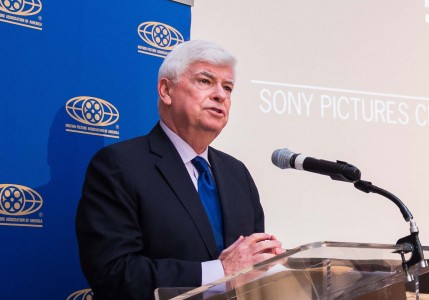This is a very interesting read. For the most part it is an over-view of the global subsidy war between nations. Here’s how that works. Let’s say Paramount is making a new movie. Germany might offer to pay for 60% of the art costs, if Paramount hires a German tech company to do the visual effects. Trade agreements typically prohibit this kind of subsiding of an industry, but it seems that this is seldom enforced in the case of digital content like artwork and in-movie visual effects.
MPAA has little interest in this, but in a completely unrelated issue targeting piracy via 3D printers, the MPAA argued that digital goods ought to be regarded as a taxable good like any other good. And so transmission of the information to be plugged into a 3D printer ought to be subject to tax and tariffs, etc. So should digital copies of movies. This is all designed to protect Hollywood’s interests.
Here’s how it is a double-edged sword for the Hollywood and a potential win for American Artists.
If, as the MPAA insists, movies should be recognized as imports then so too should post-production work. That means visual effects work would be subject to the same subsidy-busting provisions which previously were primarily applied to physical goods like steel and lumber.
In other words, emboldened by the MPAA’s filing, the visual effects workers are now in a position to use the big studios’ own arguments to compel the government to slap trade tariffs on those studios’ own productions in high-subsidy countries. Those arguments will be especially powerful because the MPAA made them to the very same governmental agencies that will process the visual-effects workers’ case. Additionally, the workers can now take matters into their own hands.
I’m curious to see how this plays out.


Leave a Reply